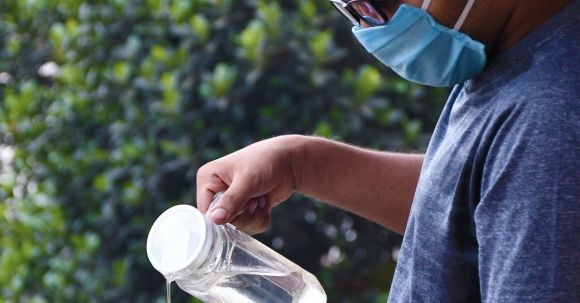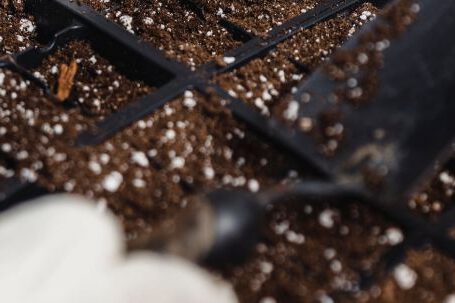Container gardening has become increasingly popular, especially for those with limited space or for those who want to add a touch of greenery to their balconies or patios. However, watering container gardens can sometimes be a challenge. It’s important to water them efficiently to ensure the health and vitality of your plants. In this article, we will discuss some tips and techniques to help you water your container gardens effectively.
Understanding the Watering Needs of Your Plants
Before we dive into the techniques, it’s crucial to understand the watering needs of your plants. Different plants have different water requirements, and it’s important to cater to their specific needs. Some plants, like succulents, prefer drier conditions, while others, like ferns, thrive in moist soil. Take the time to research the watering needs of each plant in your container garden to ensure you are providing them with the right amount of water.
The Importance of Proper Drainage
Proper drainage is key to watering container gardens efficiently. Without adequate drainage, excess water can accumulate in the bottom of the container, leading to root rot and other plant diseases. Ensure that your containers have drainage holes at the bottom to allow excess water to escape. Additionally, consider placing a saucer or tray underneath the containers to catch any runoff water.
Watering Techniques for Container Gardens
1. Water at the Base: When watering your container garden, it’s best to water at the base of the plants. This allows the water to reach the roots directly, promoting healthy growth. Avoid watering the leaves, as this can lead to fungal diseases.
2. Deep Watering: Instead of giving your plants a shallow watering every day, opt for deep watering less frequently. This encourages the plants to develop deeper roots, making them more resilient and drought-tolerant. Water the plants until you see water coming out of the drainage holes, ensuring that the entire root zone is thoroughly saturated.
3. Mulching: Applying a layer of mulch on the soil surface can help retain moisture and prevent evaporation. Mulch also acts as a barrier, preventing weed growth and regulating soil temperature. Use organic materials such as wood chips or straw as mulch for your container garden.
4. Self-Watering Systems: Consider investing in self-watering systems for your container garden. These systems have a reservoir that holds water, which is then slowly released into the soil as needed. This can be particularly useful if you frequently travel or have a busy schedule.
5. Monitor Soil Moisture: Regularly check the moisture level of the soil in your containers. Stick your finger about an inch into the soil to determine if it’s dry or moist. If the soil feels dry, it’s time to water. If it’s still moist, wait a day or two before watering again.
Wrapping Up
Watering container gardens efficiently is crucial for the health and success of your plants. By understanding the watering needs of your plants, ensuring proper drainage, and using the right techniques, you can keep your container garden thriving. Remember to water at the base, deep water, use mulch, consider self-watering systems, and monitor soil moisture regularly. With these tips in mind, you’ll be well on your way to becoming a container gardening expert.





